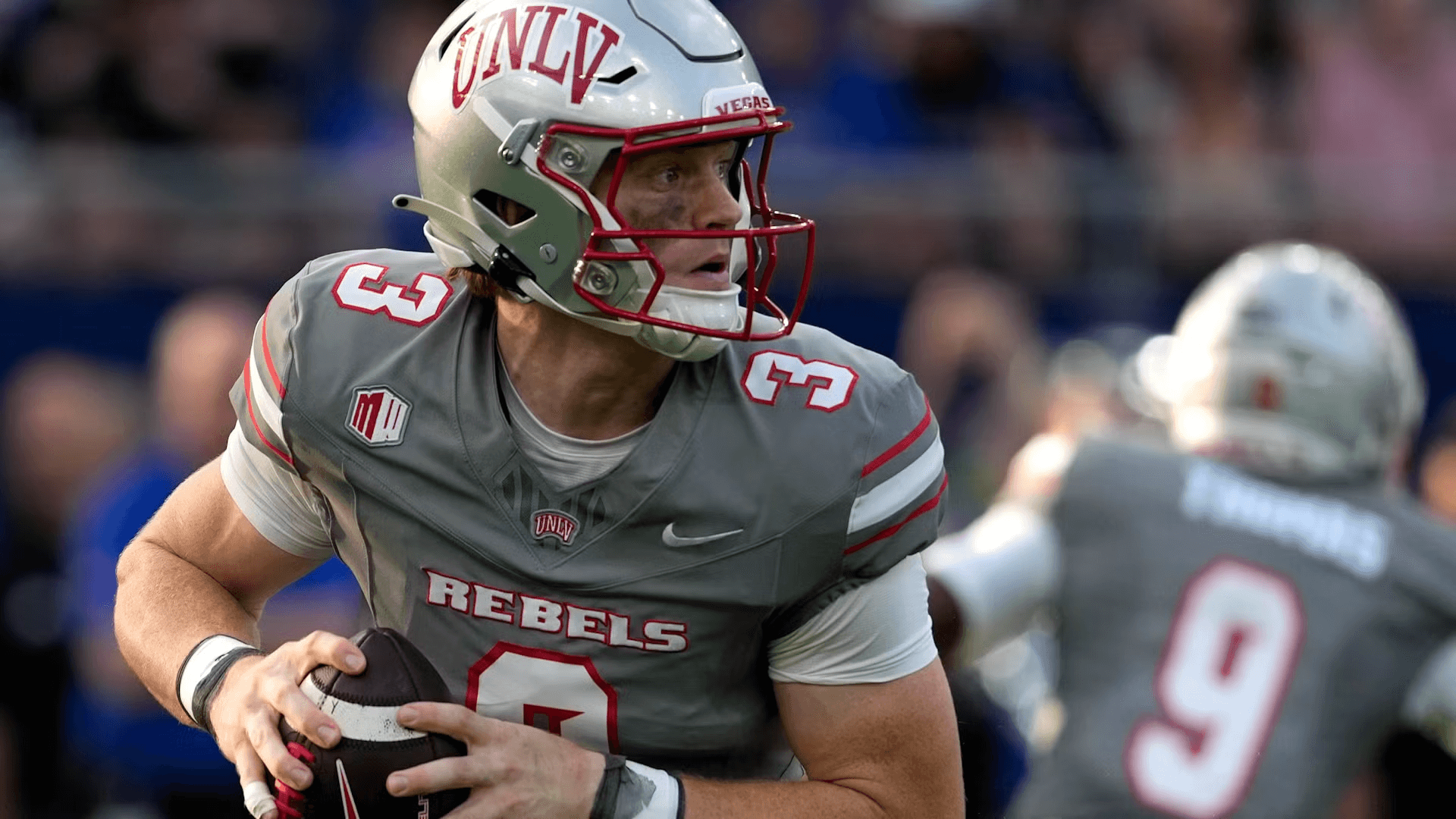News
UNLV Quarterback's Sudden Departure: NIL Impact and Lessons for College Football
The world of college football has been rocked by the sudden departure of UNLV quarterback Matthew Sluka, a decision that has brought the complexities and challenges of Name, Image, and Likeness (NIL) deals into sharp focus. This incident serves as a critical case study in the evolving landscape of college athlete brand partnerships, highlighting the potential pitfalls and the urgent need for transparency and professionalism in NIL agreements.

Understanding NIL in College Football
Name, Image, and Likeness (NIL) deals have revolutionized college football, allowing athletes to profit from their personal brand. The recent case of UNLV quarterback Matthew Sluka highlights the complexities of these arrangements.
The Sluka Situation: A Breakdown
UNLV quarterback Matthew Sluka's sudden decision to leave the team has sent shockwaves through the collegiate sports landscape. This week, Sluka announced on X (formerly Twitter), "I have decided to utilize my redshirt year and will not be playing in any additional games this season."
Key Details:
On-Field Performance: Left undefeated team after three games with 318 passing yards, six touchdown passes, 253 rushing yards and one rushing touchdown
Unfulfilled Promise: Verbal promise of $100,000 allegedly unfulfilled
Actual Compensation: Only received $3,000 from UNLV collective
Future Eligibility: Retains redshirt eligibility for 2025
NIL Representative's Statement
Sluka's NIL representative, Marcus Cromartie, told ESPN that Sluka was "verbally promised a minimum of $100,000 from a UNLV assistant coach."
NCAA Redshirt Rule
Per the NCAA, a player can redshirt a season – if they have played four or fewer games – to give them an extra year of eligibility.
NIL Impact
Fragile Agreements: Verbal NIL agreements can easily fall apart, leaving athletes vulnerable and without the benefits they were promised, creating uncertainty in brand partnerships and athlete commitments.
Need for Transparency: Written and clearly defined contracts are essential for building trust between athletes and brands, ensuring that both parties understand the terms and preventing misunderstandings that can damage relationships.
Talent Retention: NIL deals now play a significant role in whether top athletes stay with a program or explore other opportunities, as lucrative partnerships increasingly influence their career decisions beyond the sport.
Player Mobility: NIL disputes have set a new precedent for athlete transfers, with players more willing to leave schools or teams if they feel undervalued or misled in brand negotiations, potentially shifting the landscape of team dynamics and recruitment.
Wake-Up Call for Schools and Brands
Deliver on Promises: Keeping commitments is essential for retaining top talent and preserving credibility with athletes and partners.
Commitment Shortfalls: Failing to honor agreements can result in the loss of current athletes and deter future prospects from joining.
Reputation is Everything: In the competitive world of collegiate athletics, a strong, trustworthy reputation is a valuable asset.
Foster Trust: Transparency and consistent follow-through from schools and brands are vital for building lasting relationships and earning trust from athletes.
Lessons for College Athlete Brand Partnerships
Emphasize Written Agreements: Always prioritize formal contracts over verbal commitments to ensure clarity and accountability in partnerships.
Conduct Due Diligence: Perform comprehensive research on all parties involved to mitigate risks and ensure alignment of values and goals.
Establish Clear Communication: Create open lines of communication to facilitate transparency and address concerns promptly, fostering a collaborative environment.
Assess Ethical Implications: Consider the ethical ramifications of coaching staff participation in NIL discussions, ensuring that athlete interests remain the primary focus.
The Future of NIL in College Football
Prepare for Evolving Regulations: Anticipate increased scrutiny and potential regulations affecting NIL agreements, which could significantly influence deal structuring and execution.
Emphasize Infrastructure Development: Acknowledge the vital role of a strong NIL infrastructure in attracting and retaining elite talent as a brand or school.
Athlete Empowerment: Athletes need robust educational programs provided by their schools, empowering them with the knowledge and skills needed to navigate NIL opportunities with confidence and make informed decisions.
Navigating NIL in College Football: Lessons from the Sluka Case
The Sluka case serves as a critical lesson for all stakeholders in college football. As NIL deals become increasingly prevalent, the need for professionalism, transparency, and integrity in these partnerships is paramount. Schools and brands must adapt to this new landscape to attract and retain top talent while maintaining their reputation and credibility. Fulfilling promises isn't just about retaining individual athletes; it's about maintaining credibility in an increasingly competitive landscape.
Sep 26, 2024
Corey Brino
Here are some related blog posts you might be interested in reading



